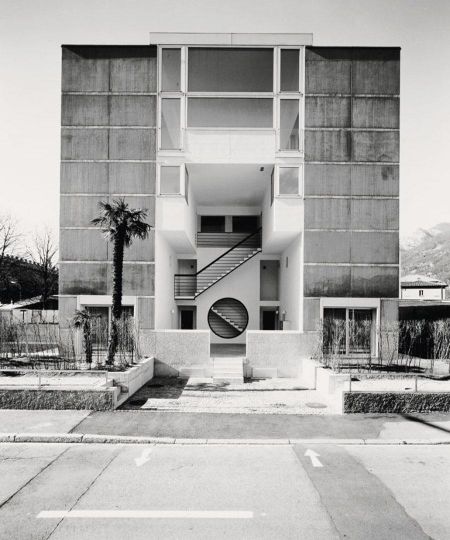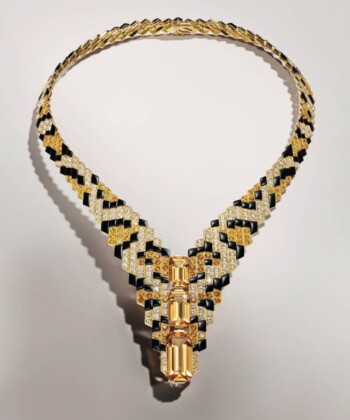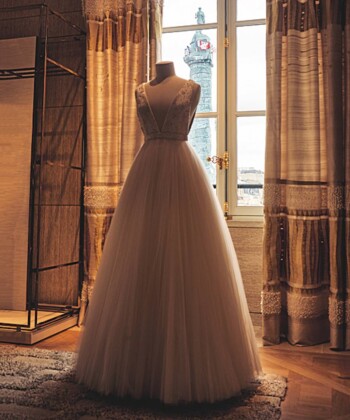 “The distinctive character of the objects and furnishings in a house, their disposition in the rooms, their associations with each other, strong or less so, the order (or dis-order) in which people live in a house, can express a person’s personality as well as a letter, a work of art, or social behaviour.”
“The distinctive character of the objects and furnishings in a house, their disposition in the rooms, their associations with each other, strong or less so, the order (or dis-order) in which people live in a house, can express a person’s personality as well as a letter, a work of art, or social behaviour.”
– M. Boriani
Like the contents of your refrigerator, your house reveals quite a bit about your personality and your priorities. The décor, the furniture, the layout, the objects with which you choose to surround yourself – these all provide hints about the person you are when no one is looking. Now imagine you also designed the house. For some architects that is the case, and their homes function as autobiographies.
The Architect’s Home, a new book by Gennaro Postiglione from Taschen, showcases the residences of some of the most significant 20th century European architects. By studying the spaces architects have created for themselves in the 480-page, full-color book, the “more sturdy relation between occupant and dwelling” becomes apparent and makes you wonder how strong of a relationship you and your house have.
With works by the likes of Alvar Aalto and Le Corbusier, we see how one hundred different architects grappled with creating their homes that somehow synthesized the importance of form and life. For Franco Albini (Museum of San Lorenzo Tesoro), that meant dividing his rooms with complimentary elements like fixed or mobile furnishings, canvas or fabric curtains, or hanging frameless paintings in the middle of the room (instead of on a wall). But not all of the architects planned on living in their design; like Jan Benthem (Anne Frank House and Museum) who created his house for a competition called “Unusual Homes.” The winner received a large polder site on which they could create the design they submitted, permitting the plot be returned in five years to be cleared of whatever had been built on it. Benthem’s realized design looks more like an elevated glass installation than a home, but was so successful that it was not dismantled after its five-year allotment, and then Benthem moved in.
Most of the architects’ homes are beautiful, many are experimental, others are timeless; but, for the enthusiast, each provides an interesting story in the history of architecture’s development. While you might not read it cover to cover, the variety of the European architects’ designs (but mostly the pictures) make The Architect’s Home a lovely book for a greater understanding of your own space, inspiration, or coffee table adornment.









































